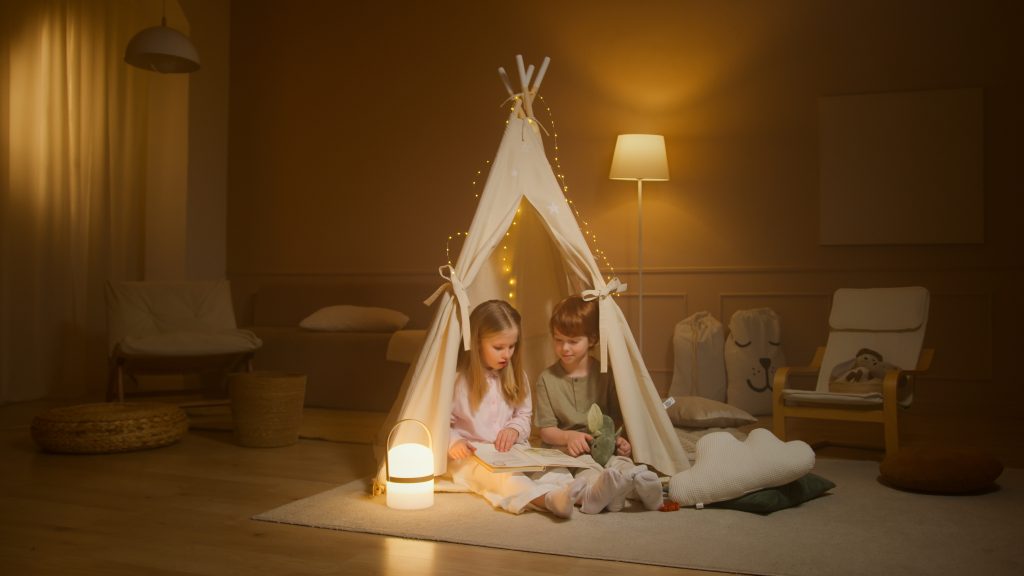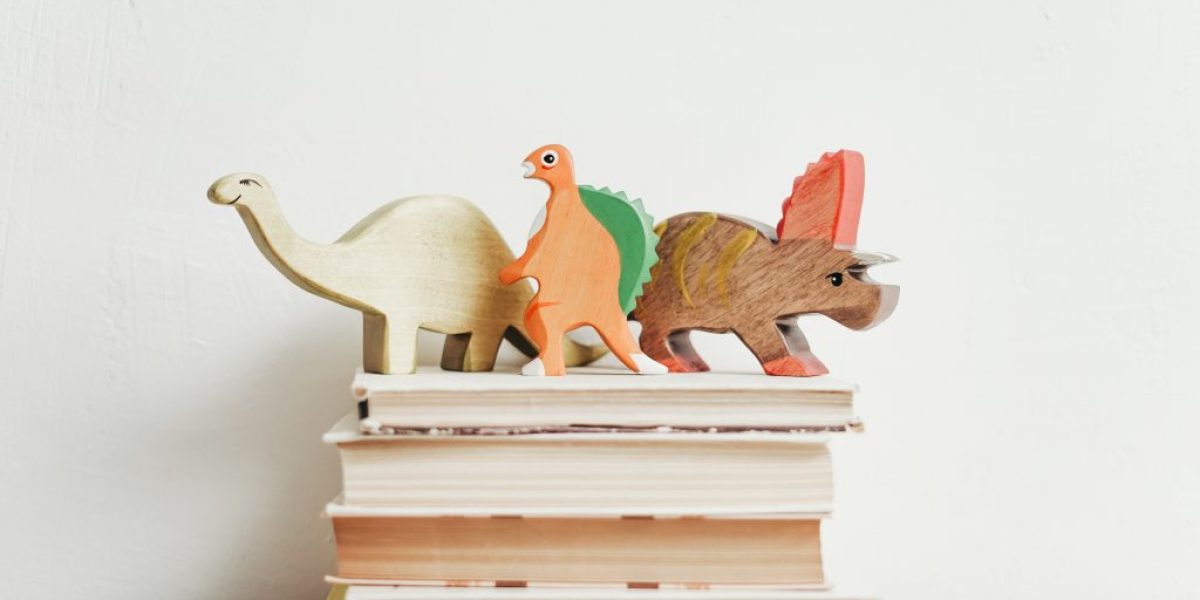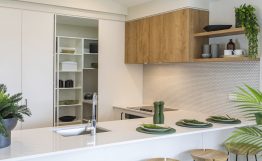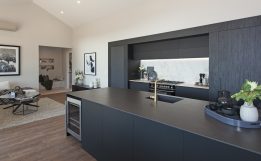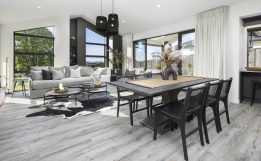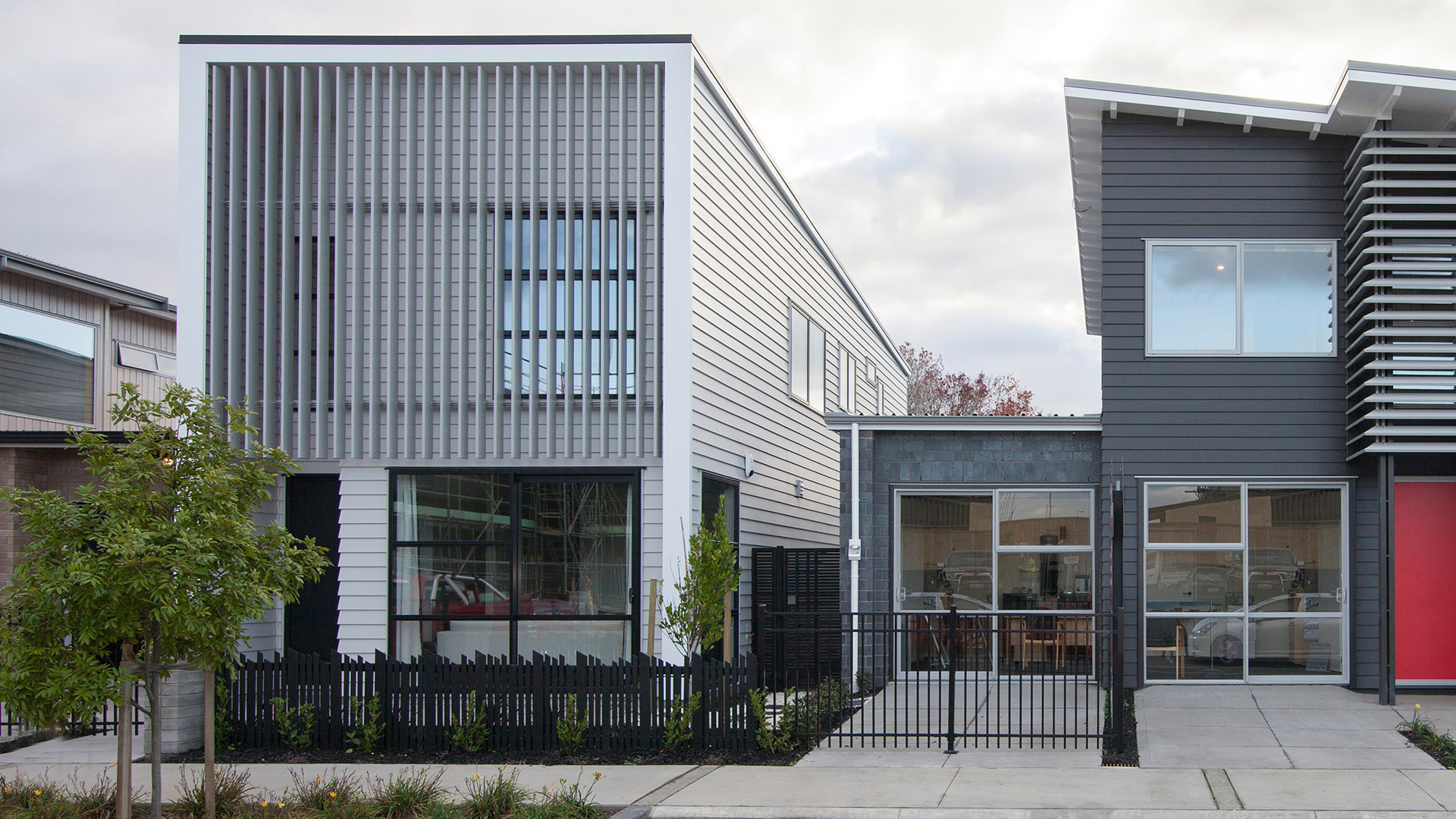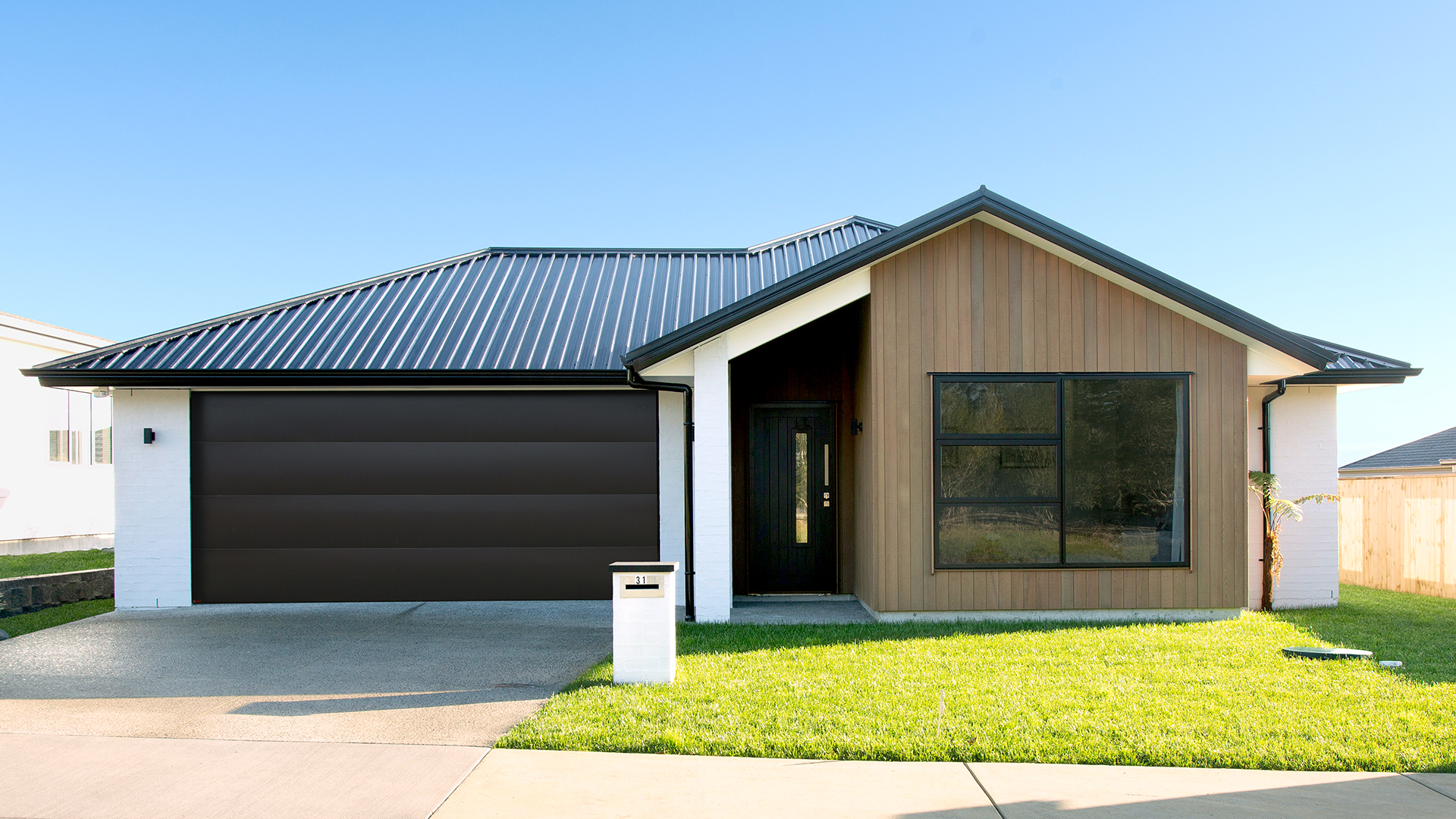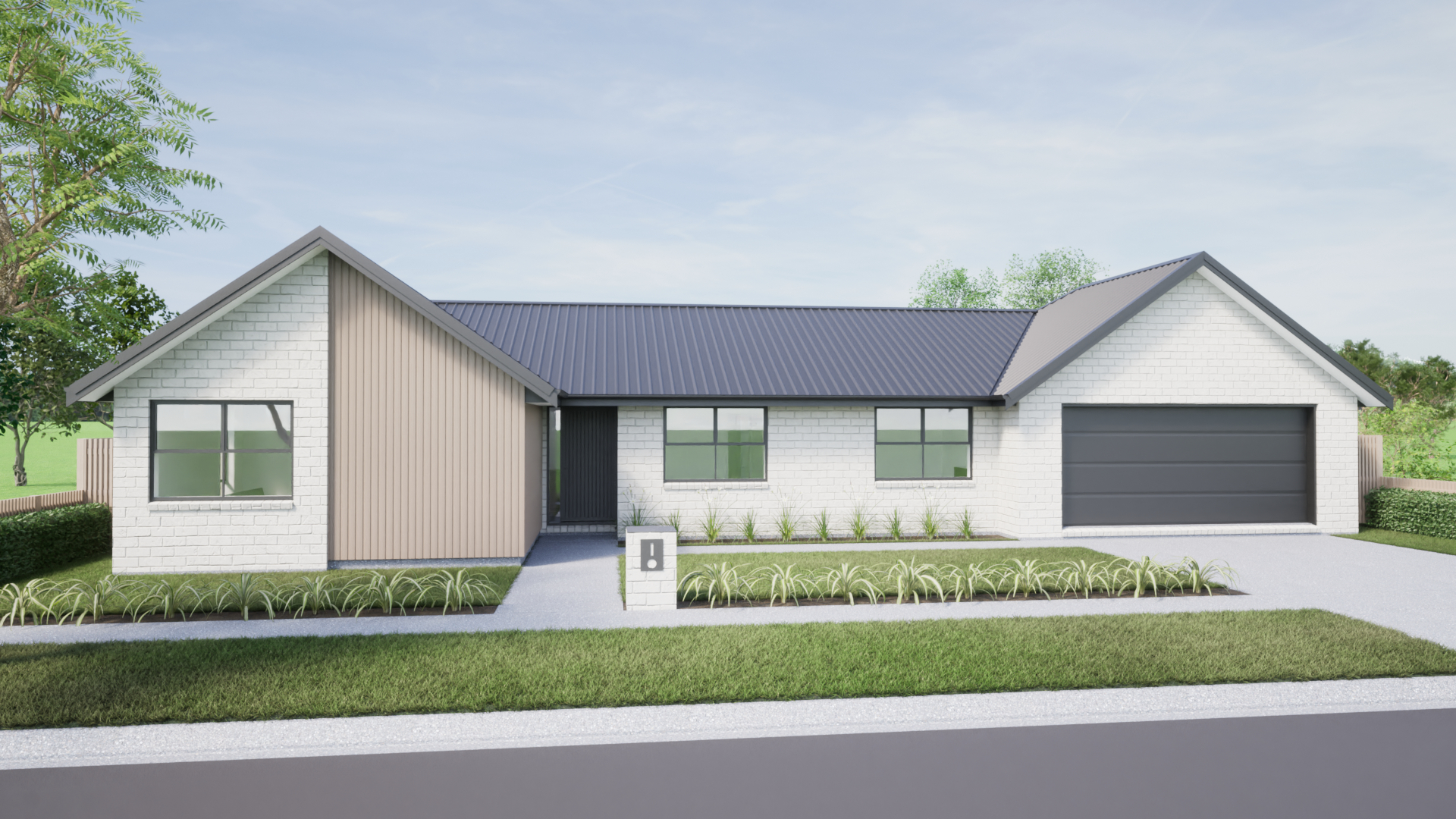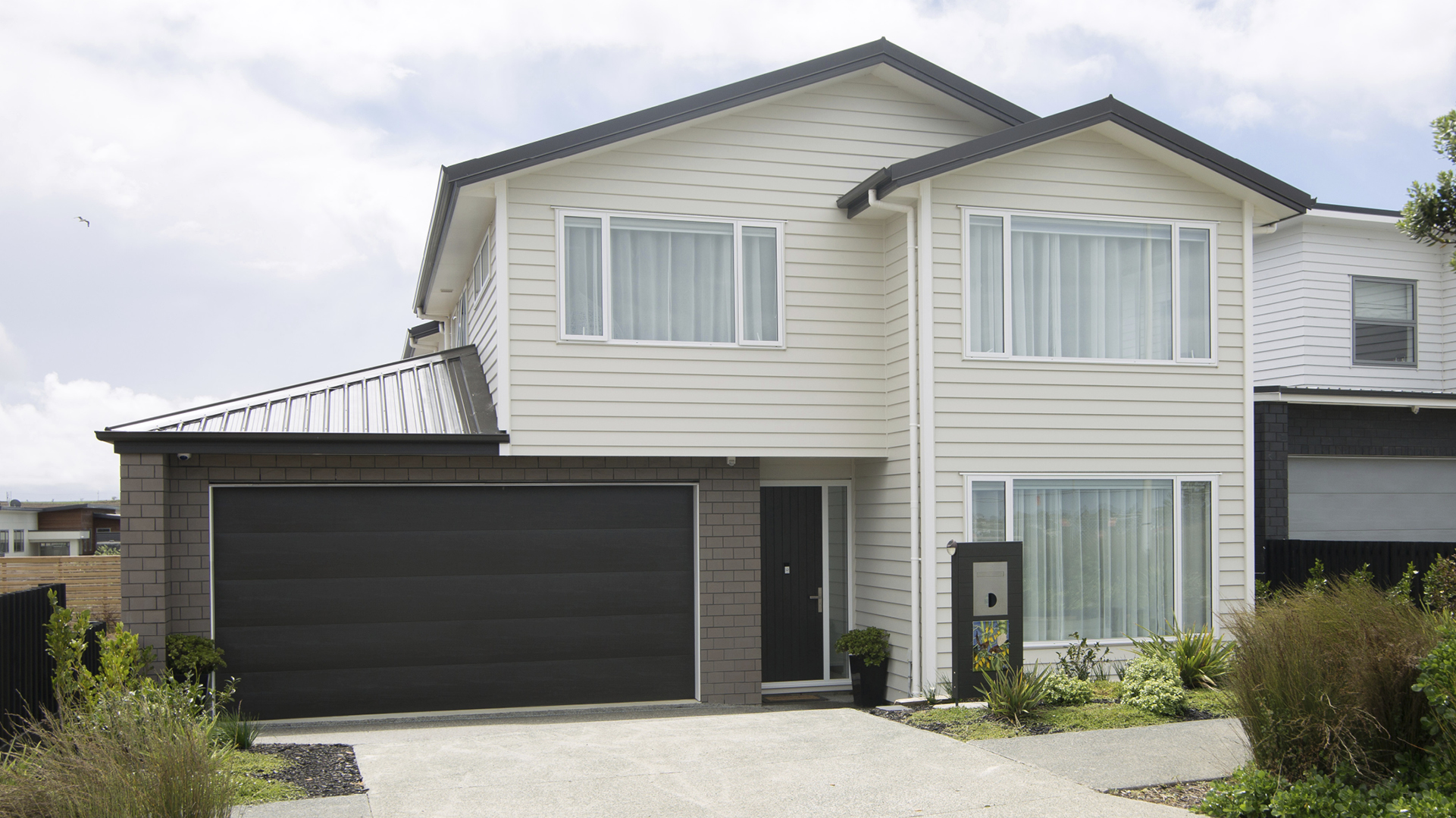10 Tips for Creating a Stylish Kids Bedroom
Whether you’re starting with a clean slate or hoping to improve upon an existing space for your child in which to flourish, their bedroom is most likely where they will spend most of their time not only sleeping but playing, learning and creating. It should therefore be a place of freedom and expression, as well as a sanctuary in which to feel nurtured, take refuge and grow. It is all about striking the right balance between a beautiful yet functional space that reflects their playful personalities and ignites their imagination, while identifying their current wants and future needs. Read on for our top tips to help you design and decorate that ultimate and enduring swoon-worthy kids bedroom for them to thrive in.
1. Multifunctional Furniture
Opt for adjustable as well as double-duty furniture that allows for multiple configurations to allow the room to evolve with the needs and demands of your growing child. Taking this tack will also minimise the need to update the space frequently. Consider expandable beds and tables with legs that are adjustable or modular. A floor-level house-frame bed will double as a play zone or a simple loft bed will offer an additional play area, study or reading nook below. Try open shelving upon which toys can also be displayed as accessories.
2. Simple and Timeless
Steer away from heavily theming or colour-scheming your child’s room. Opt instead for an approach with staying power. Classic pieces combined with light neutral shades for the walls will not only make small childrens’ rooms look larger, but serve as a flexible blank canvas for placing visual interest and pops of colour in accessories and decorative objects, which can be easily updated as your child grows. Contemporary furniture pieces sporting natural palettes and simple, clean lines will also help to keep the overall décor simple. Keeping the number of furniture pieces to a minimum will also help to open up the room for more space to play.
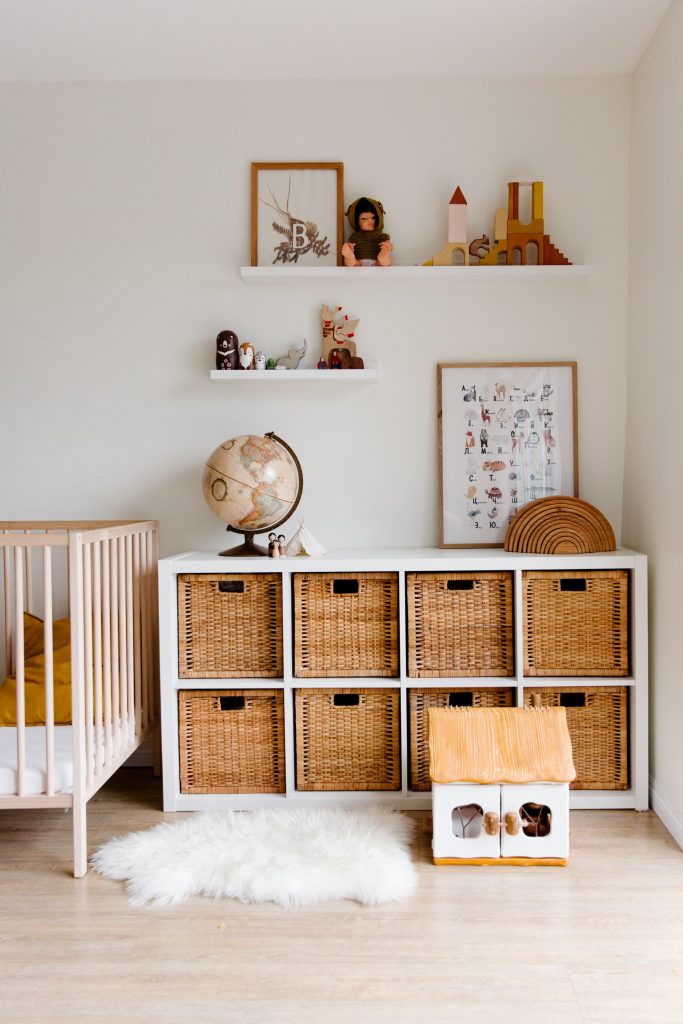
3. Colour, Texture and Pattern
Your neutral canvas can be layered flexibly with pops of colour, pattern and texture in the way of soft furnishings. Curtains, cushions, rugs, bed linen, warm sheepskin rugs, fabric bunting flags and felt baskets are a relatively inexpensive way to introduce these elements of interest, as well as cozy comfort to a space. The addition of some art is also a great way to add visual interest while injecting a harmonious accent of colour to a desired scheme, which can then be reflected in the bed linen and soft furnishings.
4. Smart Storage Solutions
Creating adequate storage is crucial at every stage of life, though especially so for that of a growing child’s room. To keep the space decluttered, use shelving with the ability to adapt – modular units that can be mixed, matched and moved around to create larger units both vertically and horizontally. Dual-purpose pieces such as trunks, ottomans and toy boxes can also double as a seating. Subtle wall-hugging book rails, three-way hooks, under-bed storage and other furniture pieces with in-built storage are other great ways to double-up the storage to keep the space looking clean and spacious.
5. Through Your Child’s Lens
Putting yourself in your child’s shoes is a great way to help create a space that is not only stylish but truly functional for their needs. Think floor beds, mini tee-pees furnished with plush cushions and throws, petite table and chair sets, easy-to-reach open shelving and hooks, and low-lying storage baskets and chests. Kitting your child’s room out with solutions that take into account their smaller-framed perspective will not only produce a practical space but will encourage self-responsibility and independent play.
6. A Focus On Play
While it’s a good idea to separate out the multiple purposes of a child’s bedroom, it makes sense to centre the space around the one thing your child loves to do the most – play. Incorporating chalkboard walls (which are an easy DIY project if decorating on a budget), an interchangeable mini art gallery wall for displaying their precious artwork, a rock climbing wall or even a bunk bed slide are all surefire ways to inject some fun and flair into their room. Easy-to-put-up and peel off wall stickers are also a playful way to feed kids’ imaginations, inspire creativity and satisfy their ever-changing obsessions. It is also something they can have an active part in, in curating the theme and helping to put them up.
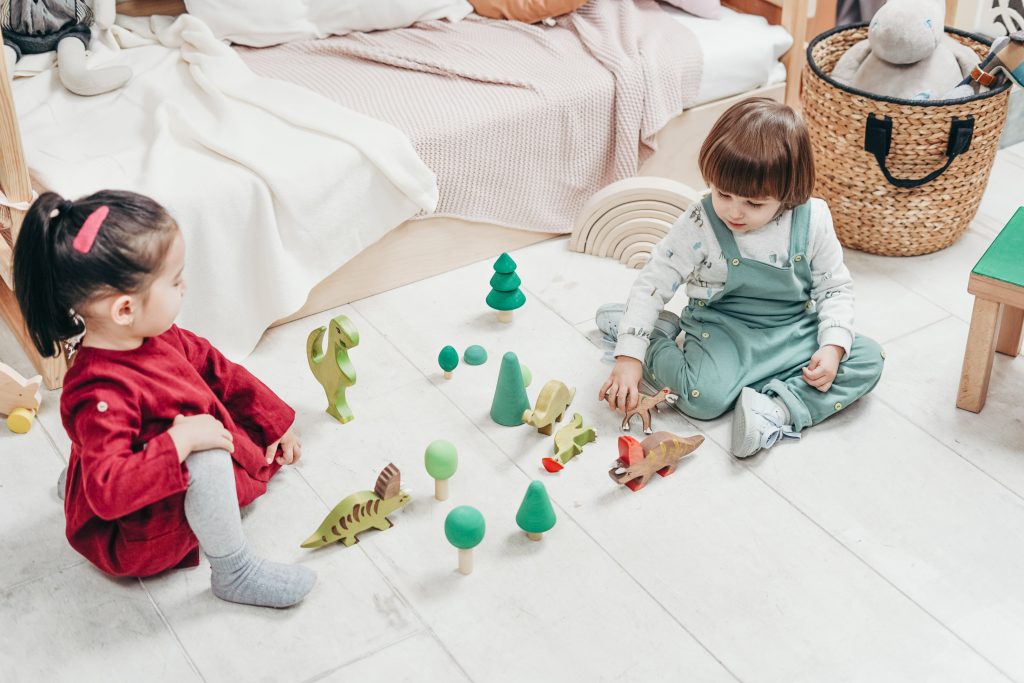
7. Celebrating Ceilings
Ceilings are probably one of the most under-utilised decorating features of a bedroom. Instead of leaving it bare and merely furnished with some lighting, consider incorporating a ceiling suspended cargo net to house a soft toy collection, hanging floating mobiles or securing bunting flags across the room for a festive note. Stir your child’s imagination further by adding a bold starry night sky or space theme complete with glow-in-the-dark decals for your child to dream to.
8. Layers Of Light
Lighting is such a crucial consideration for a kid’s bedroom, let alone any room, to help create just the right levels of ambience across the different activities happening in the space. Fairy lights lend a room a cosy, magical ambience; task lighting highlighted near a bed or study desk will help to encourage reading and study; while spot lights are great for helping to create a feeling of intimacy and warmth. Light shades on the ceiling lights will help to encourage a more intimate ambience while a favourite animal lamp as a bedside companion or the addition of glow-in-the-dark stars will lift a space by adding a touch of enchantment.
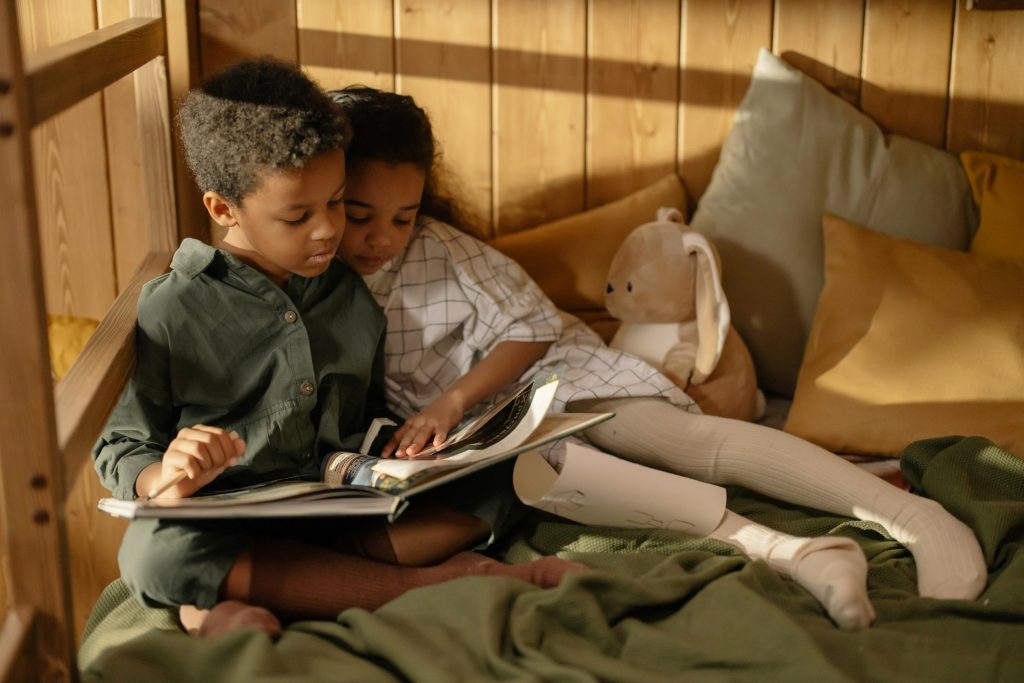
9. A Space For Learning
Carve out a dedicated space for your child to enjoy their hobbies, colour, get crafty and display their creations. This should ideally be a set-up that can transition to a workstation to read and revise for school as they get older. Take advantage of any small alcoves or neglected spaces that can be put to good use for a mini workstation or even a wall-mounted drop-down table with shelves that won’t take up too much of the bedroom’s precious real estate. Add in some engaging educational elements to make learning fun such as a world map, other informational graphics, alphabet or even a periodic table for budding young scientists.
10. A Space To Escape
Kids’ bedrooms aren’t just for sleeping and playing. They are also an important place for some quality “me time” and quiet contemplation – be it winding down after a busy day of school or play, or processing things during a “time-out”. A cozy reading nook to encourage picking up a book complete with bean bags, warm and soft-to-the-touch sheepskins, other soft seating or a mini sofa will complete such a chill-out zone nicely. A mini teepee with fairy lights is also perfect for encouraging some cozy playtime for those rainy days inside.
